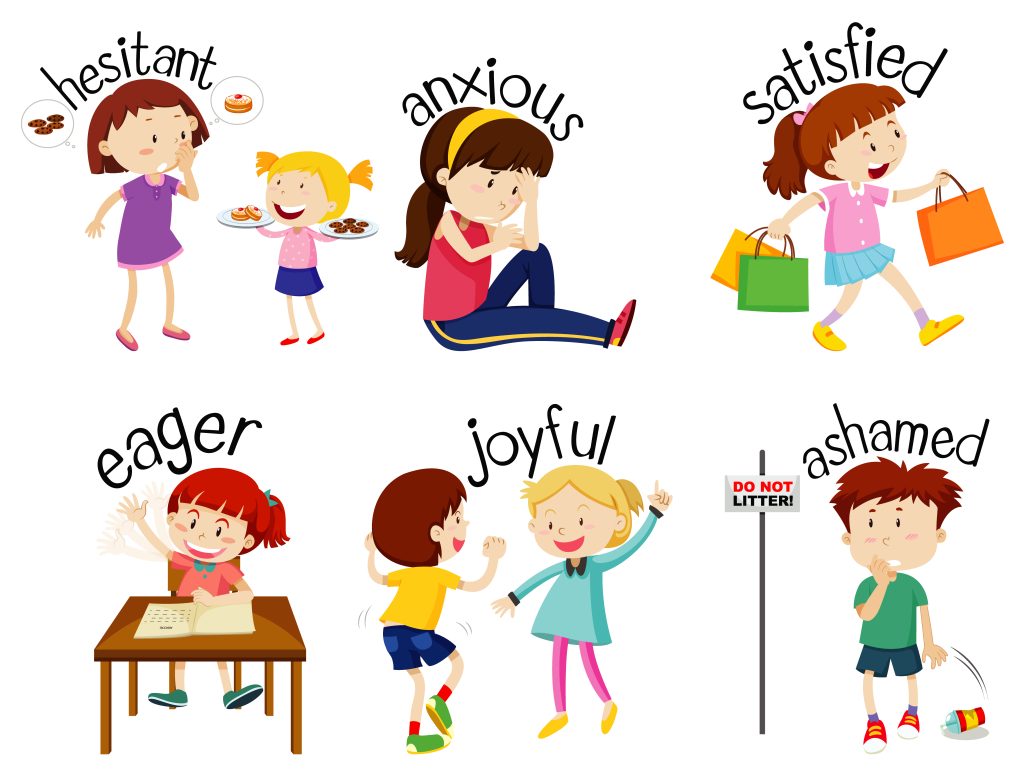Emotions play a crucial role in a child’s development. From joy and excitement to anger and frustration, every feeling is valid and important. But for preschoolers, these big emotions can often feel overwhelming. Teaching children how to recognize, understand, and express their feelings is one of the most important skills we can offer them at an early age.
1.Why Emotional Awareness Matters
Children who learn to understand their emotions are better able to:
Communicate effectively
Form healthy relationships
Manage stress and frustration
Make thoughtful decisions
Develop empathy and compassion
When emotional intelligence is nurtured in early childhood, it lays the foundation for lifelong mental and emotional well-being.
1. Name the Feelings
Start by helping children identify their emotions with simple labels: happy, sad, angry, scared, excited, surprised, etc. Use books, flashcards, or mirrors to help them see how different feelings look and feel. For example, you might say:
“You look upset. Are you feeling angry because your toy broke?”
2. Use Stories and Play
Books and storytelling are powerful tools. Stories often include characters who experience emotions similar to what kids might feel. Ask your child:
“How do you think the bunny feels when he loses his carrot?”
“What would you do if you were in her place?”
Pretend play and puppets can also help children safely explore emotions in a fun and non-threatening way.

3. Model Healthy Expression
Children learn by watching adults. Show them how you manage your feelings:
“I’m feeling a little frustrated, so I’m going to take a deep breath and count to five.”
This not only normalizes emotions but also teaches coping strategies they can imitate.

4. Create a Feelings Chart
A simple feelings chart or “mood meter” helps children check in with themselves daily. Ask them to point to how they feel in the morning or after school. Over time, they’ll get better at recognizing emotions and expressing them in words rather than actions.
5. Practice Calm-Down Strategies
A simple feelings chart or “mood meter” helps children check in with themselves daily. Ask them to point to how they feel in the morning or after school. Over time, they’ll get better at recognizing emotions and expressing them in words rather than actions.
6. Encourage Open Conversations
Make your home or classroom a safe space where feelings are respected. Avoid shaming a child for crying or getting upset. Instead, ask:
“What happened? Can you tell me how you feel?”
This encourages emotional honesty and builds trust.
7. Praise Emotional Effort
Celebrate not just behavior, but the effort to express emotions:
“I’m so proud that you told your friend you felt sad instead of yelling. That was very brave of you.”
This builds confidence and reinforces emotional skills.
Helping children understand and express their emotions is not a one-time lesson—it’s a continuous process. With patience, practice, and plenty of love, we can raise emotionally intelligent children who are equipped to navigate the highs and lows of life with confidence and care.